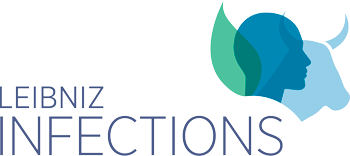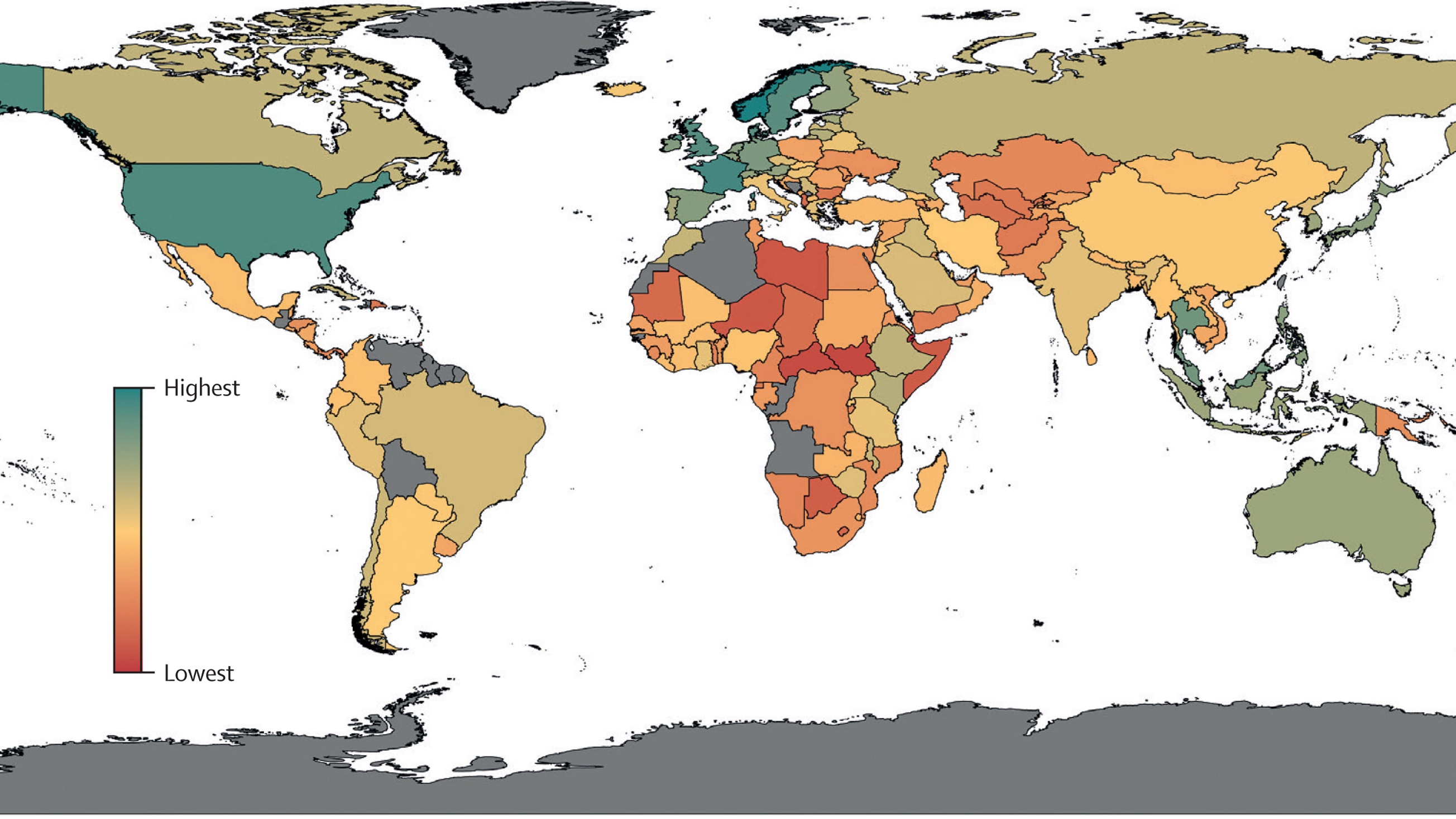Within an international collaboration, members of the Leibniz Research Alliance INFECTIONS analysed national action plans from 161 countries and regions. Recently published findings indicate why some countries are more successful than others.
The spread of antimicrobial resistance is a major challenge in global health. The World Health Organisation (WHO) adopted a Global Action Plan on Antimicrobial Resistance (AMR) in 2015. Since then, all member states have been called upon to develop their own national plans. An international research team has taken a closer look at these national action plans. ‘We systematically examined and evaluated global policy measures against AMR between 2021 and 2022,’ explains Sahar Saeedi Moghaddam, a doctoral student at the Kiel Institute for the World Economy (IfW, Kiel). The study builds on an analysis published in 2023, which evaluated the national action plans (NAPs) against AMR from 114 countries. The expanded and updated analysis, now published in the journal Lancet Infectious Diseases, took into account data from 161 countries and territories. In addition, measures of the burden of drug-resistant infections were also included in the evaluation of the data. The research aimed to assess the alignment of these policies with the World Health Organization's (WHO) Global Action Plan on AMR and to identify gaps and opportunities for enhanced global coordination.
One finding of the analysis was that important levers for reducing infections with resistant pathogens are infection prevention measures, such as vaccinations and hygiene, as well as the control and monitoring of resistant infections. As expected, the income level of the respective countries has a significant influence and explains different responses to AMR. However, the study also reveals that international cooperation is important. ‘Countries that have engaged in regional partnerships and sharing best practices have made greater progress in implementing effective AMR measures,’ Saeedi Moghaddam emphasises.
However, there are still significant gaps. ‘In order to combat the growing threat of antimicrobial resistance, greater political commitment is needed. Resources must be better allocated and international cooperation must be enhanced,’ states Dr Michael Stolpe, Head of the Global Health Economics Project Group at the IfW Kiel.
About National Action Plan against Antimicrobial Resistance
National Action Plans (NAPs) are strategies used by countries to ensure the long-term effectiveness of antimicrobial drugs. They are based on the Global Action Plan on Antimicrobial Resistance, which was developed jointly by the World Health Organisation (WHO), the Food and Agriculture Organisation of the United Nations (FAO) and the World Organisation for Animal Health (OIE) and adopted by member states in 2015. Member states have also committed themselves to developing and implementing their own national action plans. These plans include measures for monitoring resistance and the rational use of antibiotics and other antimicrobial agents in the form of guidelines and regulatory restrictions in human and veterinary medicine. Vaccination programmes and infection prevention, for example through hygiene measures and information campaigns, are also part of the national action plans. They follow the ‘one health approach’, which means that measures in human medicine, veterinary medicine, agriculture and the environment are coordinated.
Source:
Patel J, Saeedi Moghaddam S, et al. Global policy responses to antimicrobial resistance, 2021-22: a systematic governance analysis of 161 countries and territories. Lancet Infect Dis. 2025 Sep 3:S1473-3099(25)00406-2. https://doi.org/10.1016/S1473-3099(25)00406-2
Contributing Leibniz INFECTIONS members
Sahar Saeedi Moghaddam, Kiel Institute for the World Economy (IfW Kiel)
Dr. Michael Stolpe, Kiel Institute for the World Economy (IfW Kiel)
Dr. Anne Harant, Robert Koch Institute, Berlin


